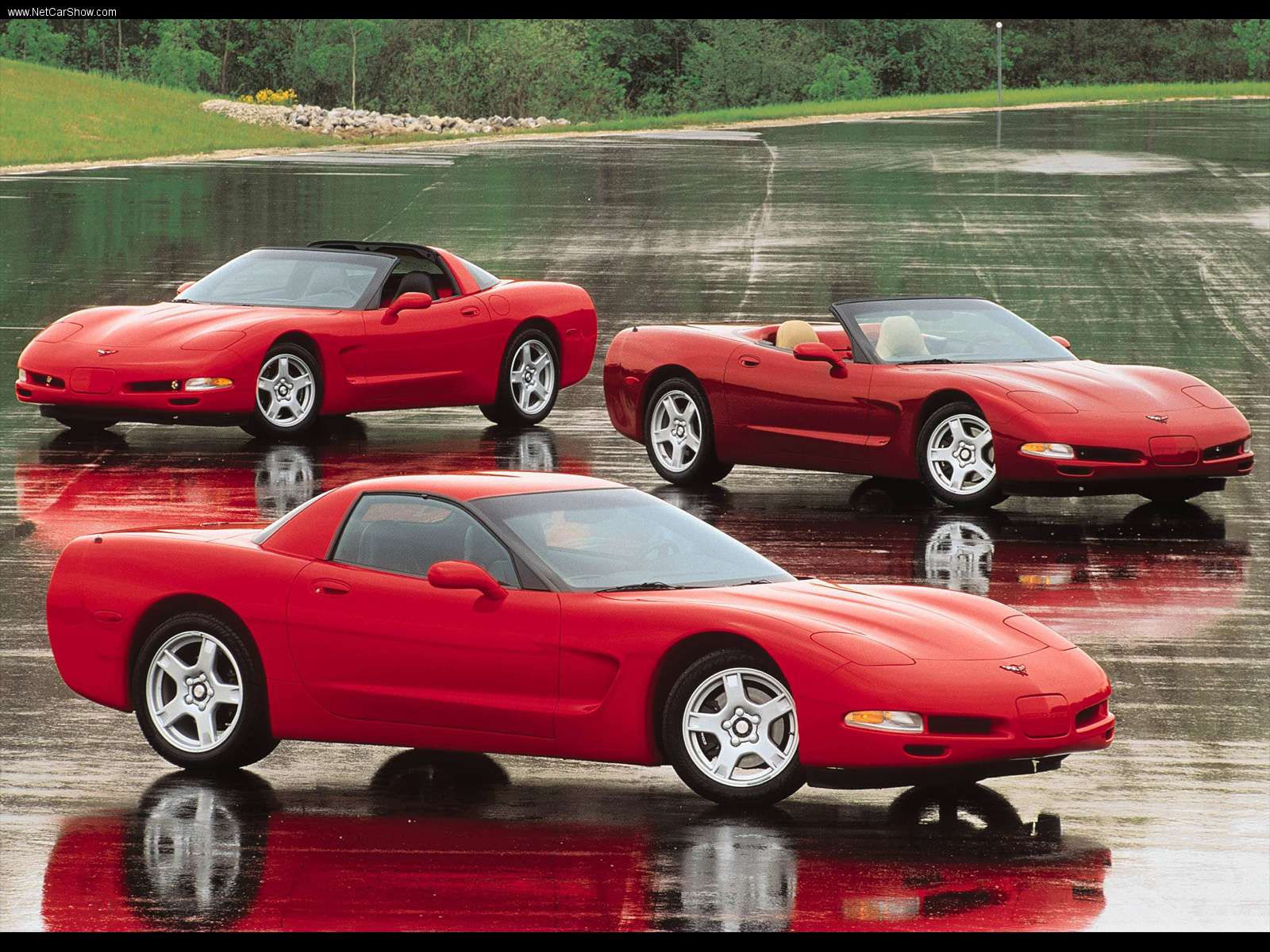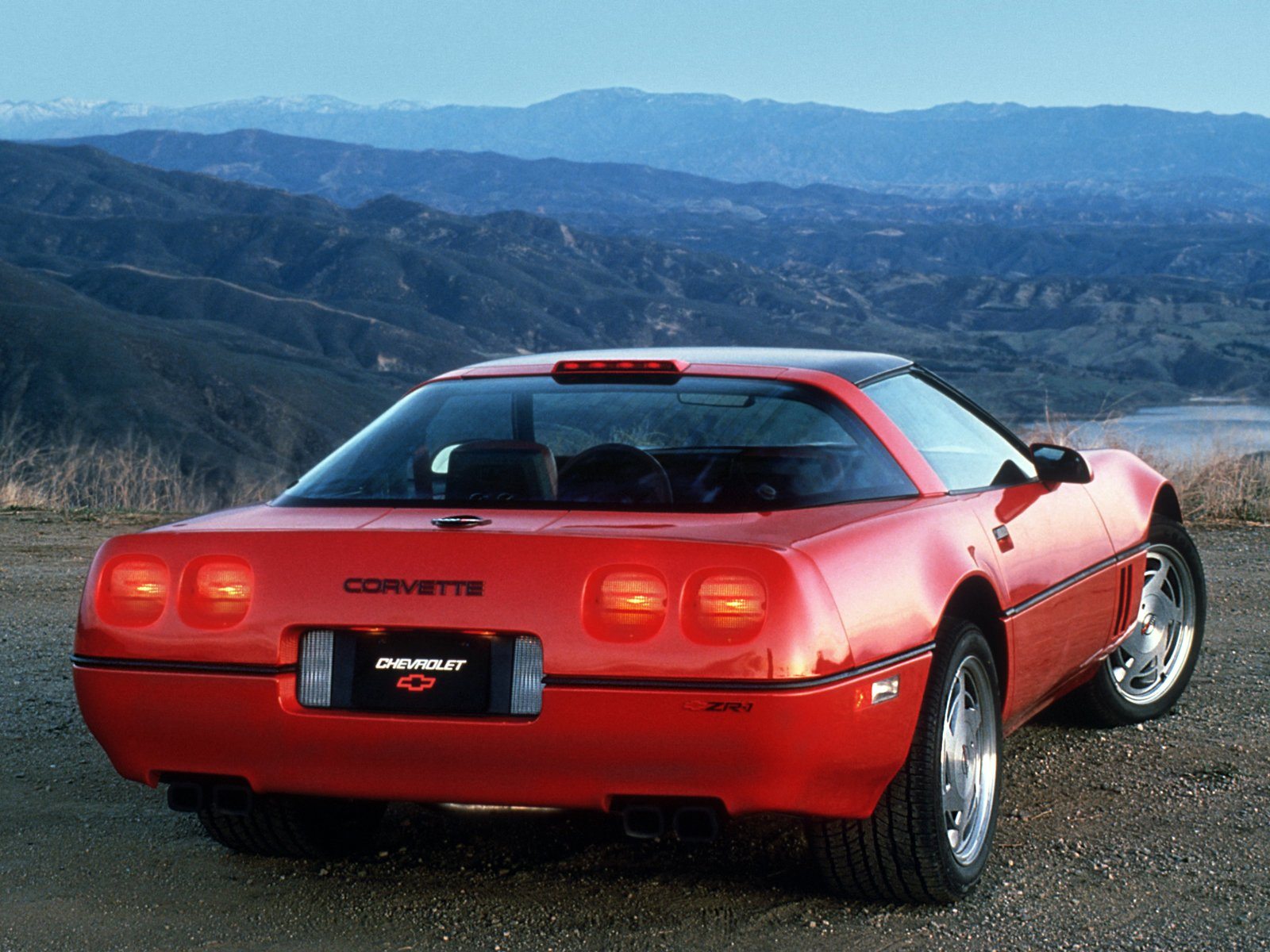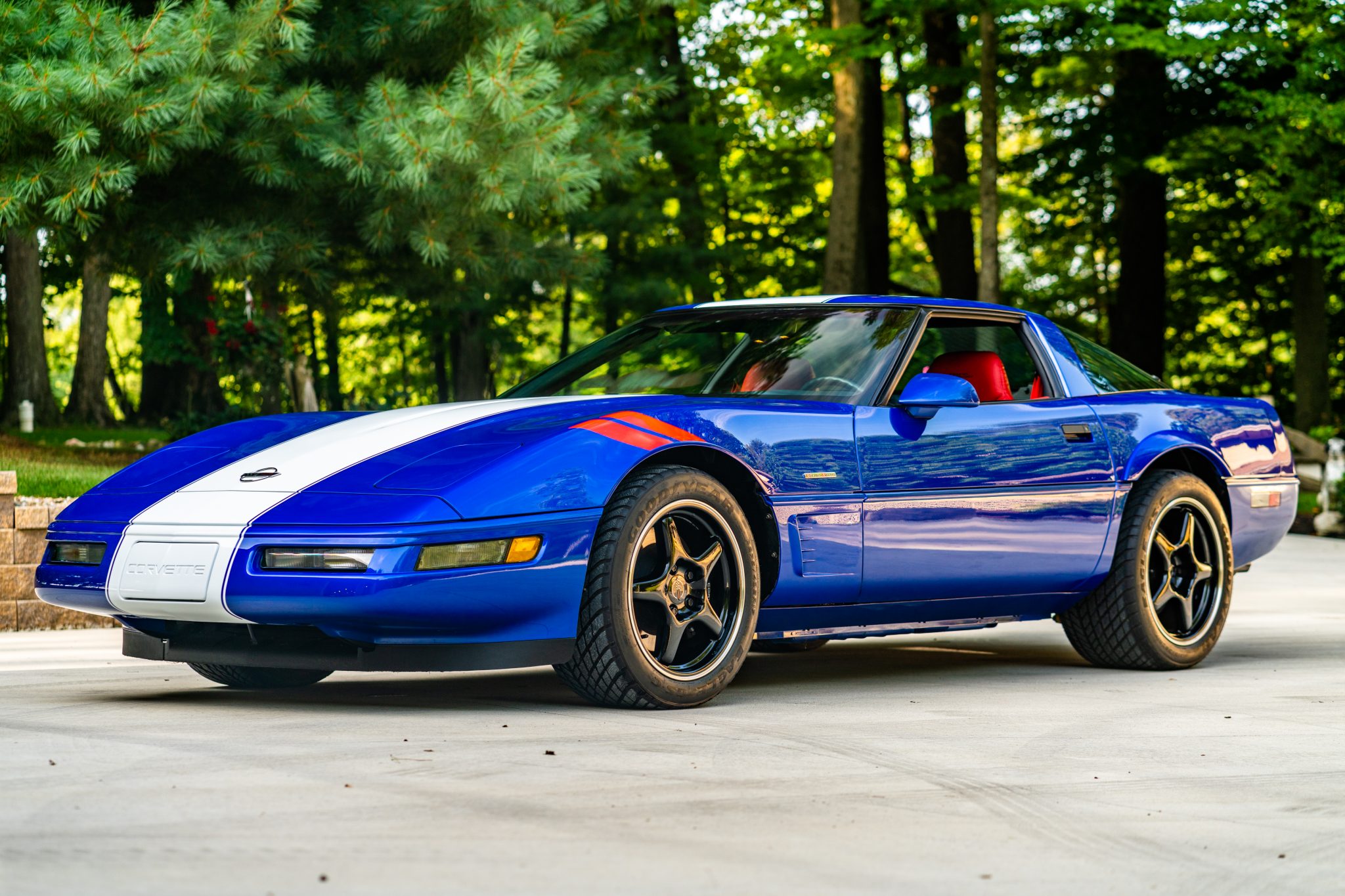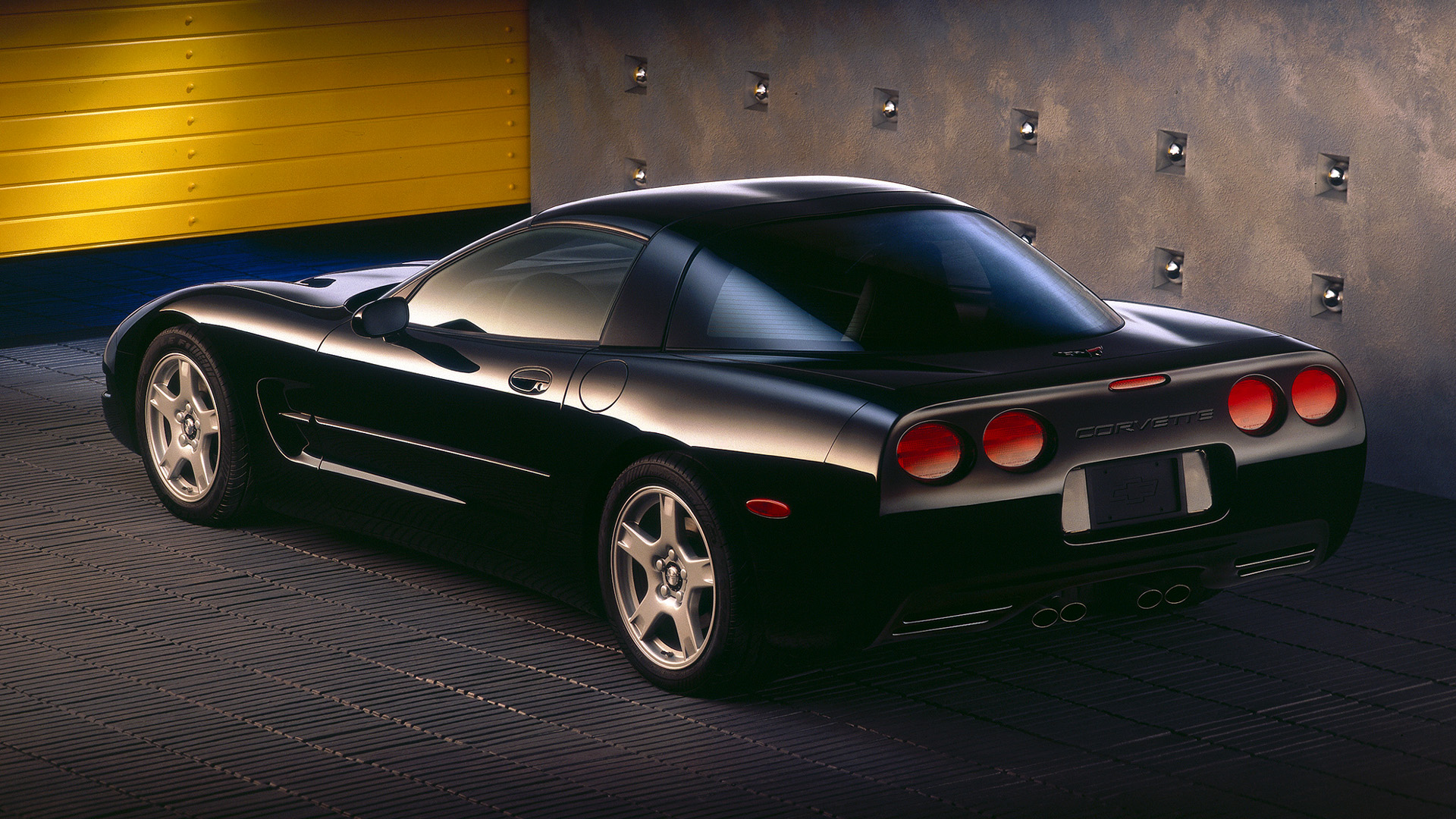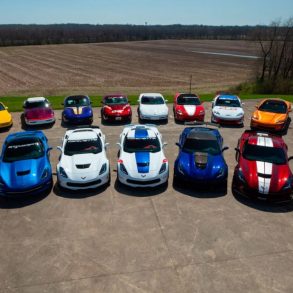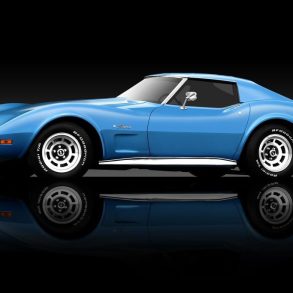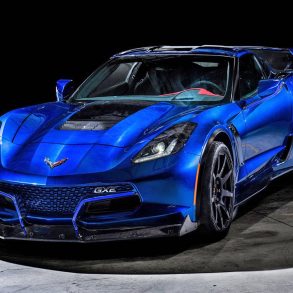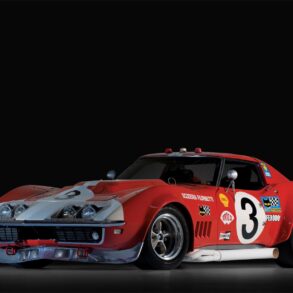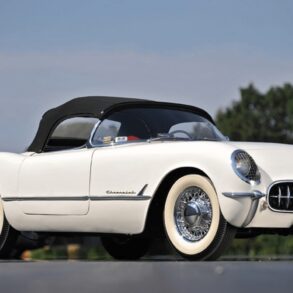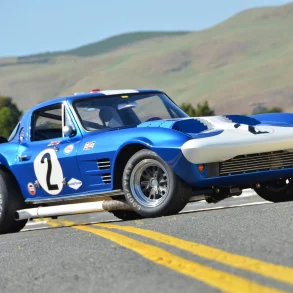The Most Notable & Exciting 1990s Corvettes
Nearly seven decades have now passed since the Corvette was originally unveiled, to those in attendance at the 1953 GM Motorama show. Each of these individual decades has produced a number of stand out performers within the Corvette line, which hold significant value for their distinctive form, function, or intrinsic value. Even today, these iconic models are often referred to as being among the most notable Corvettes to have ever rolled off of the assembly line. The 1990s proved to be a distinctive time, both in Corvette production, and across the American landscape as a whole. The World Wide Web officially launched, the Hubble Telescope was sent into orbit, and the Gulf War raged on. Meanwhile, the Corvette’s fourth generation came to a close, and the newly refined C5 debuted to much anticipation. The following are the 3 most notable Corvettes produced during the 1990s.
1990 Corvette
Continuous improvements to C4 platform made it a great overall package.
By 1990, the C4 had undergone a significant amount of revision, since its 1984 release. Many initial consumer complaints had been addressed, and the fourth-generation Corvette’s popularity was on the rise. Additional revisions were made for the 1990 year model, including the addition of a standard driver-side airbag, upgraded ABS capabilities with improved yaw control, and a new, more robust radiator. The C4’s L98 powerplant was also the recipient of a revised camshaft and increased compression ratio, bringing its total output to 245 HP. However, the 1990 model year was most notable for the introduction of the all-new ZR-1 Corvette. The ZR-1 was powered by a 375 HP, 350 cubic-inch, LT5 V8 engine, produced by Mercury Marine at their Stillwater, Oklahoma plant. Also featured was GM’s Z71 high-performance handling package, as was Selective Ride Control capabilities. The ZR-1, dubbed “King of the Hill”, effectively returned the Corvette to its former, pre-emissions era performance glory.
1996 Corvette
Powered by GM’s newly released 350 cubic-inch, LT4 V8 small-block.
After 13 years in the limelight, the C4 was set to make its departure at the conclusion of the 1996 production year. To bid the Corvette’s fourth-generation farewell, GM’s engineering department decided to up the ante, offering two individual special edition models for the C4’s final year of production, known as the Collectors Edition Corvette, and Grand Sport Corvette. Both of these special edition Corvettes were powered by GM’s newly released 350 cubic-inch, LT4 V8 small-block. The LT4 featured a free-flowing intake, specialty aluminum heads, and premium head gaskets that were designed to withstand the engine’s higher rate of compression. This robust powerplant operated on a 10.8:1 compression ratio, and churned out an impressive 330 HP at 5,800 RPM.
1997 Corvette
The 346 cubic-inch LS1 was capable of producing 345 HP. Became iconic engine platform.
In 1997, the C5 Corvette was finally released to the eagerly awaiting public. News regarding the C5’s development had been circulating for a lengthy period of time, which bolstered speculation regarding what was to be expected, and piqued the curiosity of Corvette enthusiasts the world over. By all accounts, the fifth-generation Corvette did not disappoint. Consumers were treated to an aesthetically pleasing exterior design, complete with sweeping body lines and a refined stance. Inside, the C5’s cockpit was significantly more spacious than that of the C4 before it. GM also introduced the Corvette world to the all-new LS series, small-block V8. The 346 cubic-inch LS1 featured an all-aluminum construction, and was capable of producing 345 HP at 5,600 RPM. Little known to most at the time, was the fact that the LS1 would go on to serve as the jumping-off point for one of GM’s most iconic engine platforms, and would foretell the general direction of Corvette powertrain development for years to come.


